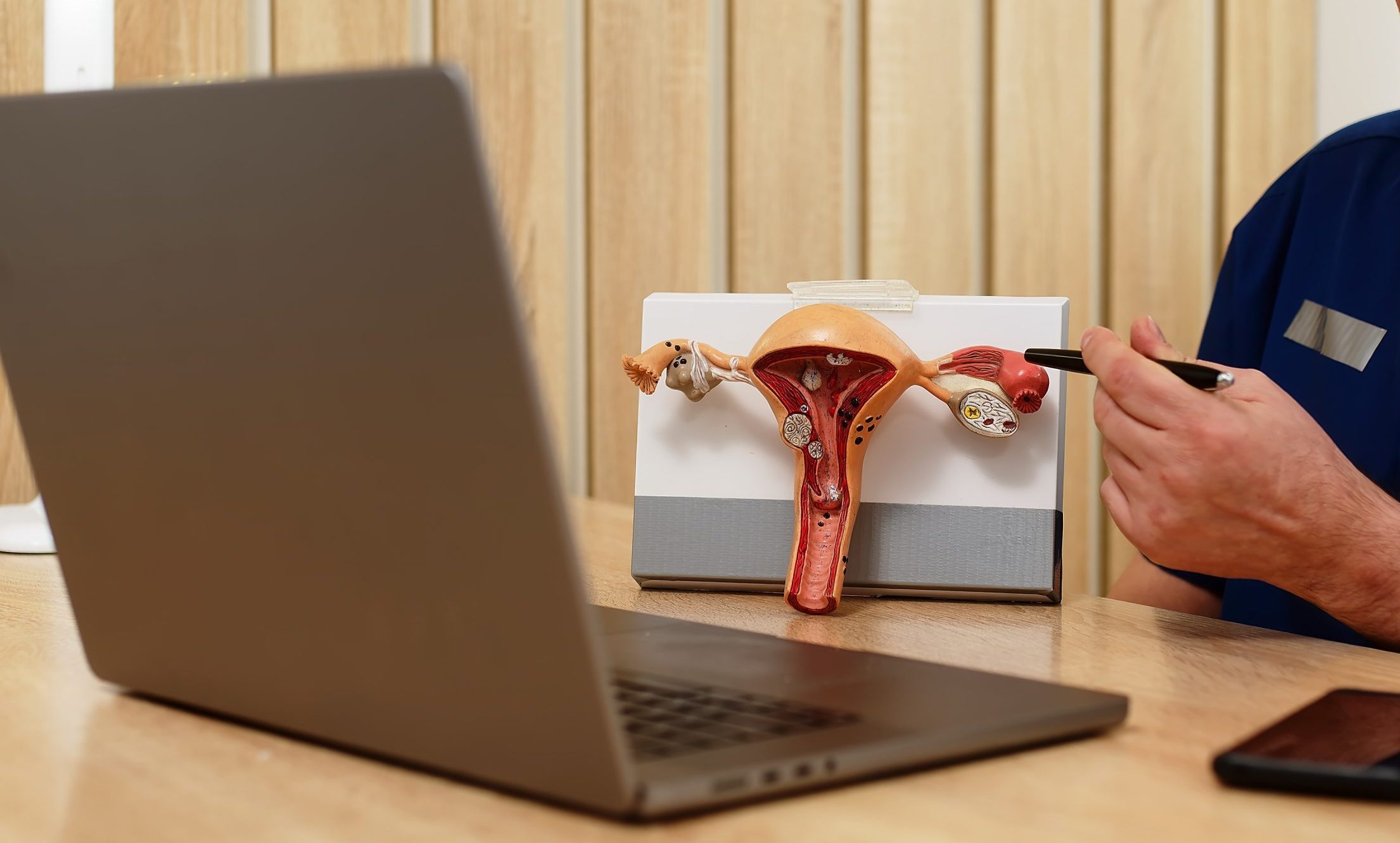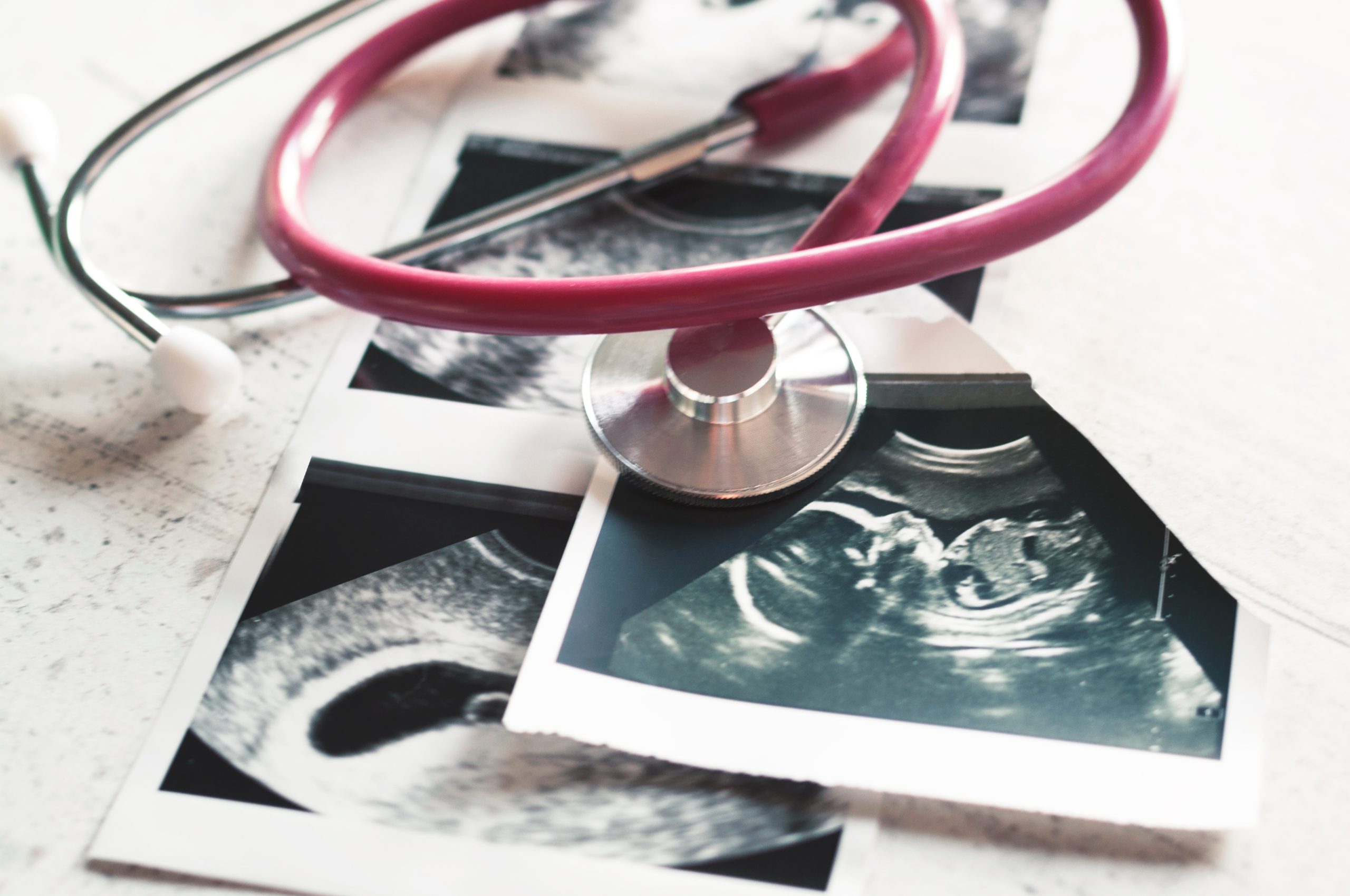TL;DR
- Recovery time depends on the procedure — hysteroscopic myomectomy usually takes 1–2 weeks, laparoscopic 2–4 weeks, and open abdominal surgery 4–6 weeks.
- Post-surgery care matters — managing pain, preventing infection, and following activity restrictions help ensure smoother healing after a procedure to remove fibroids in the uterus.
- Fertility and long-term health need monitoring — many women can still get pregnant after myomectomy, but recovery time, follow-up scans, and doctor guidance are essential to reduce risks.
Recovering from a fibroid removal procedure isn’t just about healing physically — it’s also about regaining your comfort, confidence, and peace of mind. Whether your procedure was to ease heavy bleeding, relieve pelvic pain, or improve fertility, knowing what to expect during recovery can make the process less daunting. This guide walks you through each stage of healing and offers practical tips to help you recover smoothly.
What Are the Procedures to Remove Fibroids in Uterus?
Types of Procedures
Fibroids can be removed in several ways:
- Hysteroscopic Myomectomy: This is performed through the vagina and cervix using a thin camera and surgical instruments.
- Laparoscopic Myomectomy: Small incisions are made in the abdomen, and instruments guided by a camera are used to remove the fibroids.
- Open Myomectomy (Laparotomy): A larger incision is made in the abdomen to access and remove the fibroids.
- Hysterectomy: In some cases, the uterus is removed entirely. While recovery is longer, this permanently resolves fibroid symptoms.
Factors That Influence Recovery
Recovery after fibroid surgery varies based on the following factors:
- Type of surgery: Minimally invasive procedures usually have shorter recovery times than open surgery.
- Number and size of fibroids: Removing larger or multiple fibroids may require a longer recovery time.
- Your overall health: Conditions like diabetes, high blood pressure, or anaemia may slow recovery.
- Age and fertility considerations: Younger women planning pregnancy may be advised to wait longer before trying to conceive.
Immediate Post-Surgery Recovery
First 24 to 48 Hours
If you had an open abdominal myomectomy, you’ll likely stay in the hospital for a few days so your care team can keep a close eye on your recovery.
With laparoscopic or hysteroscopic procedures, you may be able to go home sooner — sometimes even on the same day.
Here’s what usually happens in the first couple of days:
- Your vital signs, pain levels, and any bleeding will be checked regularly.
- Medications are given to keep you comfortable.
- You’ll be encouraged to take short walks when you’re ready, as movement helps with circulation and lowers the risk of blood clots.
- You’ll usually start with fluids and move on to light meals once your stomach feels settled.
It’s normal to feel sore and tired during this stage, but most women notice small improvements each day.
Managing Symptoms
What you feel immediately after surgery depends a lot on the type of procedure you had, but most women share a few common experiences:
- Pain or Cramping: You’ll be prescribed pain medication, which may range from simple painkillers to stronger options if needed. Nurses will also encourage you to change positions or walk short distances, as movement can ease stiffness.
- Constipation or Bloating: Stool softeners or mild laxatives may be prescribed to prevent strain. You’ll be encouraged to drink fluids, eat light meals, and get up to walk when you can.
- Fatigue: Rest is encouraged, but you’ll also be supported to take short walks to promote circulation and speed up recovery. Your care team may check your blood count if you are more tired than expected, especially if you lost a significant amount of blood during surgery.
First Few Weeks After the Procedure
1
Activity Restrictions
During this stage, you’ll need to avoid heavy lifting, strenuous chores, or anything that puts strain on your abdomen.
2
Returning to Work
The timeline for returning to work varies:
- One to two weeks after hysteroscopic surgery.
- Two to four weeks after laparoscopic myomectomy.
- Four to six weeks after open abdominal surgery.
If your job involves physical tasks, you may need more time before resuming full duties.
3
Diet Adjustments
A balanced diet also supports healing. Focus on:
- Protein-rich foods like lean meat, fish, beans, or tofu to help tissue repair.
- Fibre-rich foods such as fruits, vegetables, and whole grains to ease constipation.
- Plenty of fluids, especially water, to keep digestion regular and prevent bloating.
4
Preventing Infection
To reduce the risk of infection, you need to:
- Keep the surgical area clean and dry.
- Avoid soaking in baths, pools, or using tampons until cleared by your gynaecologist.
- Watch for warning signs such as fever, foul-smelling discharge, or redness and swelling around the incision.
Long-Term Fertility Considerations
Impact on Menstrual Health
Pregnancy Planning
Myomectomy preserves the uterus, which means pregnancy is still possible. The timing, however, matters:
- Doctors often recommend waiting at least three to six months before trying to conceive, giving the uterus time to heal fully.
- If you had a deep incision into the uterine wall, you may be advised to delay longer.
- Future pregnancies may require special monitoring, and in some cases, your doctor might recommend a planned caesarean birth to reduce the risk of complications.
If you’re considering pregnancy, you can go for a fertility screening to consider any underlying issues post-surgery. Consider Dr TC Chang, a gynaecologist with decades of experience treating uterine fibroids. Book a consultation with him today.
Follow-up Care and Next Steps
Importance of Regular Check-Ups
You’ll usually have a follow-up appointment a few weeks after surgery to check your incisions and overall recovery. This is also an opportunity to ask questions about when you should return to full activity or plan a pregnancy.
Monitoring for Recurrence
In rare cases, fibroids can grow back, especially if several were removed or you were young at the time of surgery. Regular check-ups — and scans, if your gynaecologist feels they’re needed — can help spot new fibroids early and guide you through treatment options.
How to Choose the Right Gynaecologist
If you’ve had a procedure to remove fibroids in the uterus, your recovery and future plans deserve careful attention.
Dr TC Chang is an experienced gynaecologist in Singapore who specialises in the treatment of uterine fibroids. Whether you’re looking to manage symptoms, plan for pregnancy, or simply regain your quality of life, he can guide you every step of the way.
Book a consultation today.



